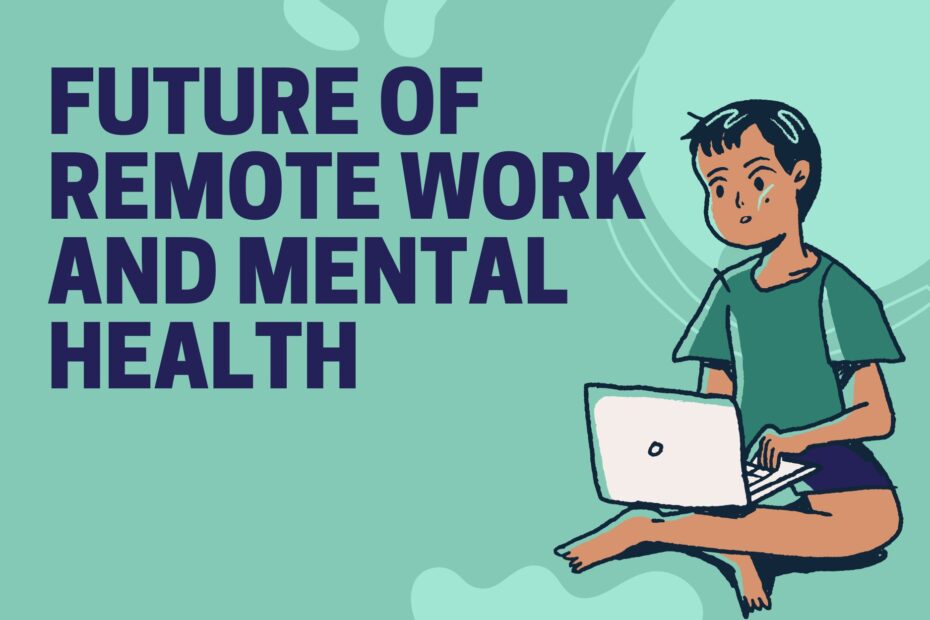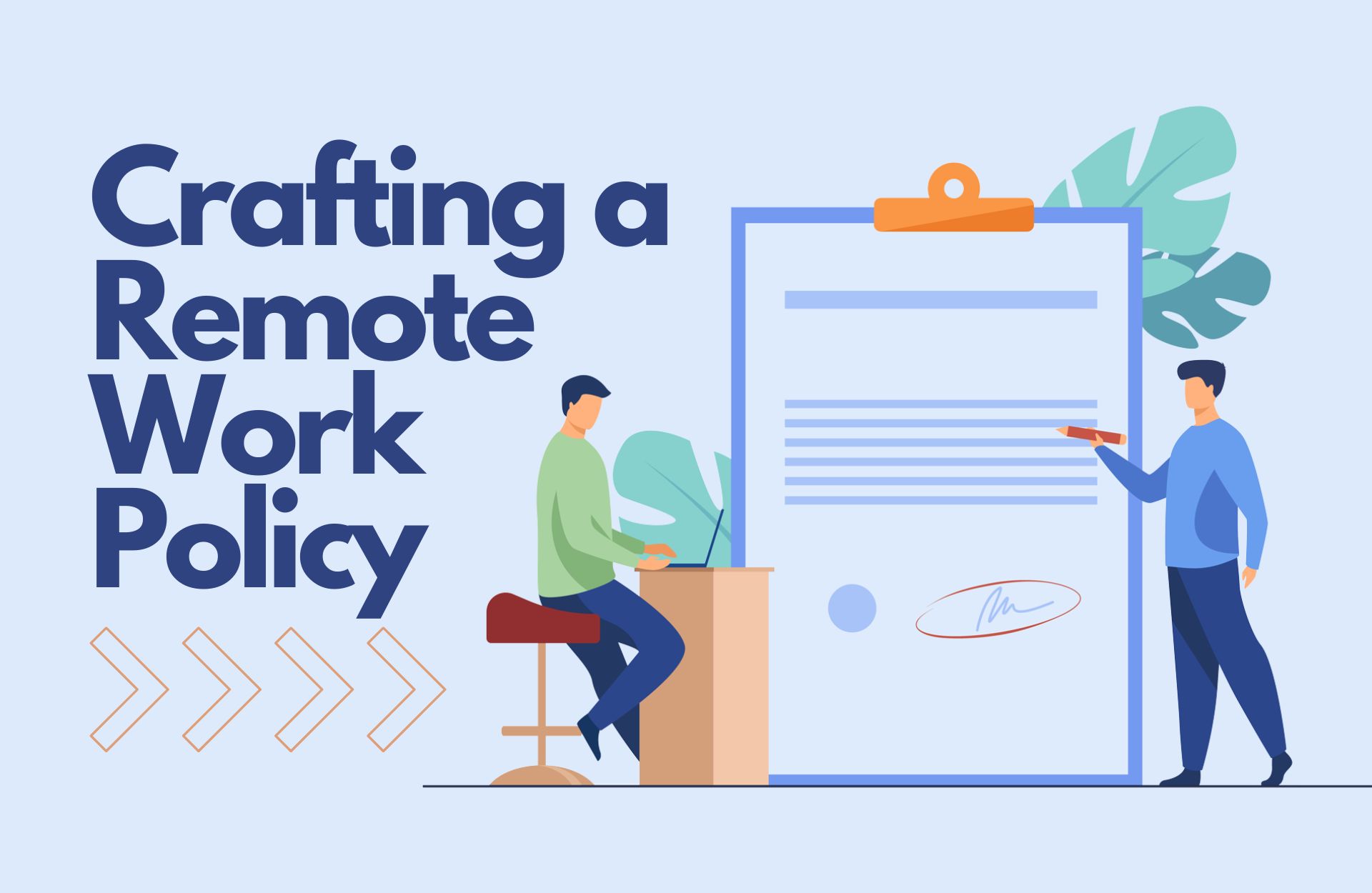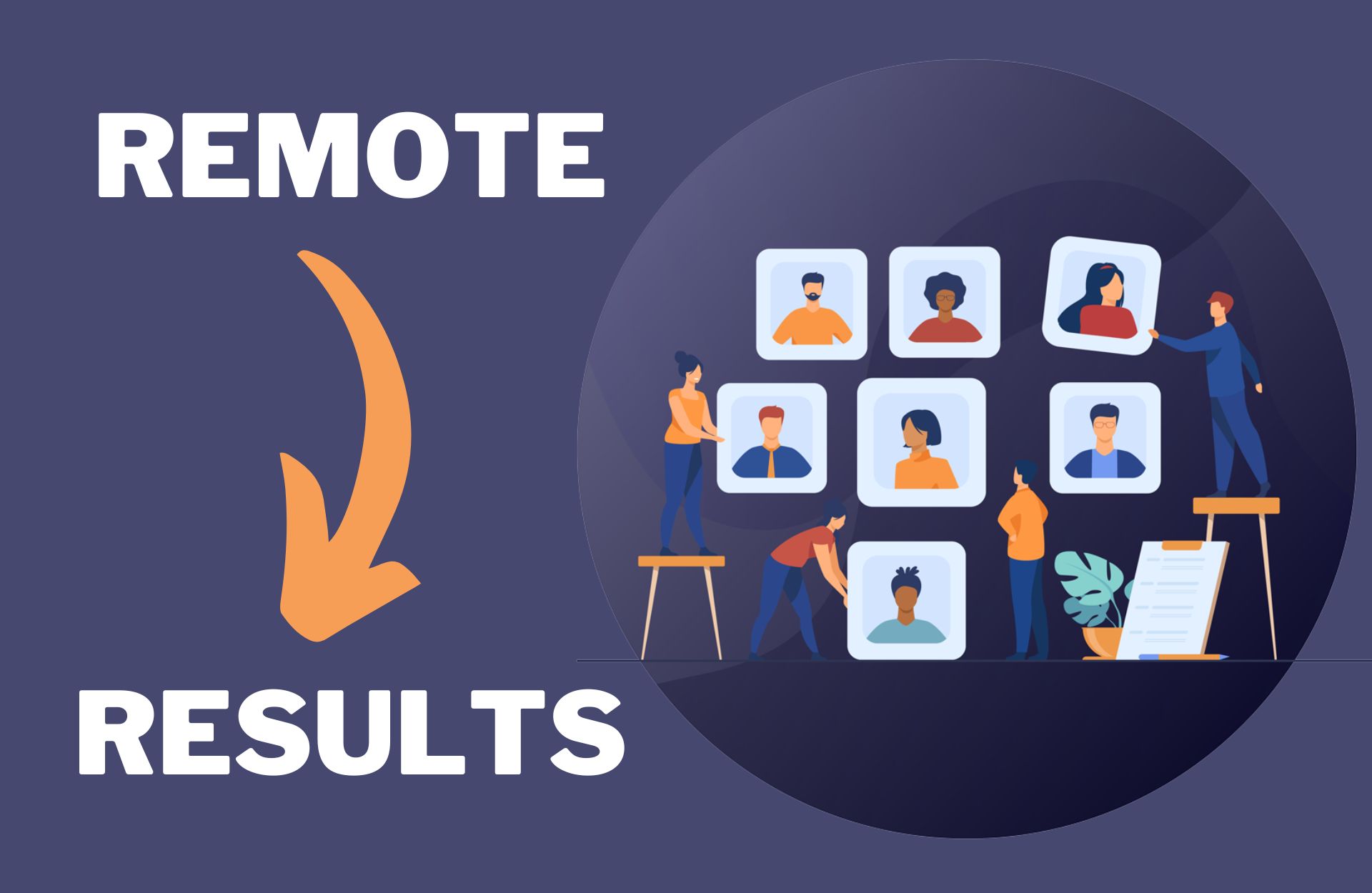A sea change in work culture, remote work has cast its nets far and wide, reaping both bounties and setbacks. A major challenge that’s made waves in this new normal is the mental health of remote employees. Navigating isolation and burnout can lead to rough seas of decreased productivity, absenteeism, and mental health struggles.
Let’s set sail and explore these treacherous waters of remote work and chart a course toward calmer waters. In this article, we’ll map out the challenges of isolation and burnout and provide practical tactics and best practices to overcome them. And let’s not forget, employers, play a crucial role in supporting the mental well-being of their remote crew. It’s imperative to foster a culture that places mental health at the helm. So, let’s set sail toward a healthier remote work environment.
Causes of Isolation and Burnout in Remote Work
Lack of social interaction
Remote work may offer the ultimate dream of lounging in pajamas all day, but it also comes with a side of solitude that can be tough to swallow. Without the regular human interaction and water cooler chats, remote workers may find themselves feeling like lonely outcasts in their own homes. This kind of isolation can be a real downer on mental health, so it’s important to find ways to combat those lonely blues.
Difficulty separating work from personal life
Remote workers may find themselves in a never-ending cycle of work, blurring the lines between their professional and personal lives. This can lead to a state of chronic exhaustion, where the phrase “clock out” becomes just a mere figment of their imagination. The elusive work-life balance becomes a distant dream, and burnout becomes their new normal.
Lack of structure and boundaries
ithout the boundaries set by a traditional office environment, remote workers can fall into the trap of never truly clocking out and leaving work behind. This can lead to a vicious cycle of burnout, where they are constantly working but never really feel productive. The solution? Keep reading!
Difficulty identifying and addressing mental health issues
Remote work can leave employees feeling like they’re lost in the Bermuda Triangle of mental health; floating aimlessly without a compass to guide them to the support they need. And, as if that’s not bad enough, it’s often the colleagues and managers that are nowhere to be seen on this remote journey, unable to spot the distress signals being sent out.
Strategies for avoiding isolation and burnout in remote work
Create and maintain social connections
Fight the blues of remote solitude by striking up virtual conversations with colleagues, buddies, and loved ones. Schedule virtual catch-ups, digital happy hours, or other remote festivities to ward off the isolation monsters.
Set boundaries and create a structure
Fighting burnout for remote workers is like taming a wild beast – it requires some serious discipline and structure. Establishing set work hours, carving out dedicated time for rest and self-care, and sticking to a well-crafted schedule can be the knight in shining armor in this battle against burnout.
Helpful related articles: How to Set Boundaries Between Work and Home
Prioritize self-care and mental health
Taking care of our mental health, in these isolated times, is essential for fighting off burnout and feeling like we’ve got a shot at saving the world, one workday at a time. So, let’s channel our inner Zen masters and incorporate some healthy habits, like scheduled breaks for that much needed stretch, a quick jog, or simply breathing deeply.
Utilize resources like counseling and employee assistance programs
Remote workers should be savvy in utilizing the support system available to them. These resources, like counseling and employee assistance programs, are like a mental health toolkit, providing guidance and support to tackle feelings of isolation and burnout. Don’t hesitate to reach out and arm yourself with the tools to maintain balance and well-being.
Role of employers in addressing isolation and burnout in remote work
Provide training and resources for employees
Employers can combat the negative side-effects of remote work by “arming” their employees with the tools and resources they need to tackle isolation and burnout head-on. This can include everything from online training sessions on “Surviving and Thriving as a Remote Worker” to easy access to mental health resources, counseling services, and employee assistance programs. In other words, they can turn their remote workforce into a mental health fortress!
Useful resources: Well-Being Tips for Remote and Hybrid Work
Encourage open communication and support
Employers should foster a culture that’s the equivalent of a warm hug and an open ear, allowing employees to freely share their mental health struggles and seek support. By hosting virtual team-building activities, having regular check-ins with managers, and creating an open platform for discussions on mental health and well-being, employers can effectively quash isolation and burnout.
Create a culture that prioritizes mental health
Employers should embrace the opportunity to foster a work culture that recognizes the value of their employees’ mental wellness, rather than just their productivity. Instead of turning a blind eye to the potential pit-falls of remote work, it’s time to start promoting self-care, work-life balance and mental health literacy as cornerstone principles. Encouraging employees to take much-needed breaks, embracing a healthy work-life balance and proactively addressing any mental health challenges that may arise from remote work, are just a few examples of the ways employers can lead the charge in prioritizing mental health and wellbeing.
Conclusion
In conclusion, remote work is a double-edged sword. On one hand, it grants employees the freedom and flexibility they crave. On the other hand, it can lead to feelings of isolation, burnout, and an overall decrease in mental well-being. It’s time for employers to step up to the plate and recognize the importance of mental health for their remote workforce. They need to break out of their comfort zones, invest in resources and training, and foster a culture that prioritizes mental well-being. After all, the remote workers are not robots, but human beings who deserve the support and resources to maintain their mental health. By taking these steps, we can strike a balance between productivity and mental well-being, and create a better work environment for everyone.






